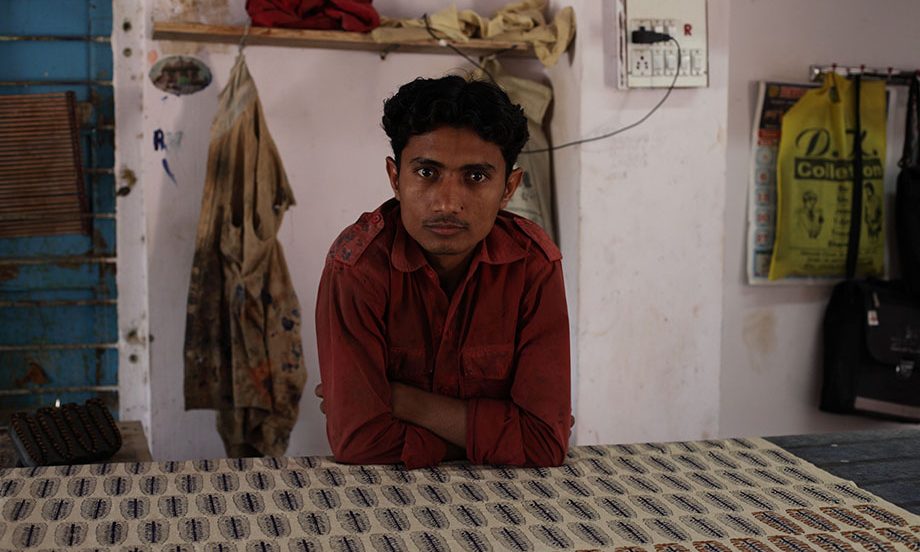Craft and Industry
Katy West
With independence in India came an emphasis on technologies to modernise the county. Although some of these introductions, such as improved infrastructure and clean running water were welcomed, some modernisation was at odds with craft traditions, so central to rural life. Younger generations began to seek easier ways of living and more lucrative employment. Tacit skills that had been passed down through generations were being forgotten through a change to a more monetary based economy, migration to cities, and centralised, industrialised forms of production.
It has only been in recent years, as a backlash to globalisation perhaps, that we see a resurgence of interest in more craft-based textiles, natural dyes and materials, and a conscious awareness of ethical practice and standards.
The knock-on effect of this has been increased commercial activity and employment in rural communities in India, enhanced revenue for craftspeople, and the positive impact on local culture from inbound tourism. There has been a conscious, collective effort to support the needs and aspirations of craftspeople in response to commercial demand for well-made craft products.
Although the skill-base to produce these crafts is sophisticated, the tools and materials are accessible and simple, making it possible to increase production in response to this renewed interest. Unlike Turkey red that relied on a large and interdependent industrial matrix, craft production on a domestic-scale can be responsive and adaptable to market demands. By not relying on trends and retaining traditional means of production, indigenous crafts have maintained their integrity and identity. Like the hare and the tortoise we see the traditional crafts of India, once so seriously under threat by cheaper imported goods, winning the race for economic and ecological sustainability.

